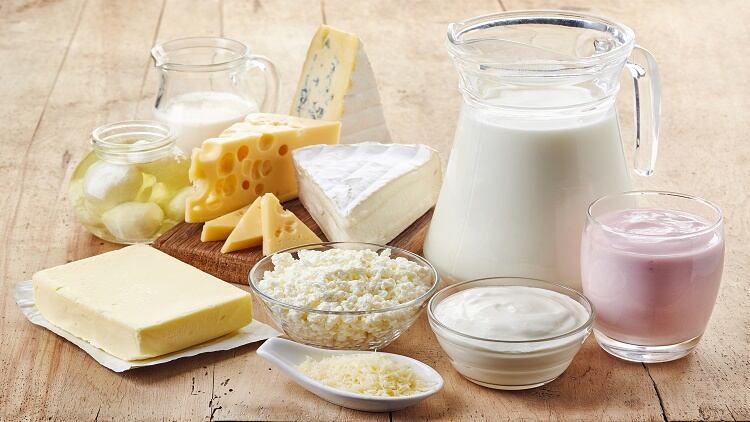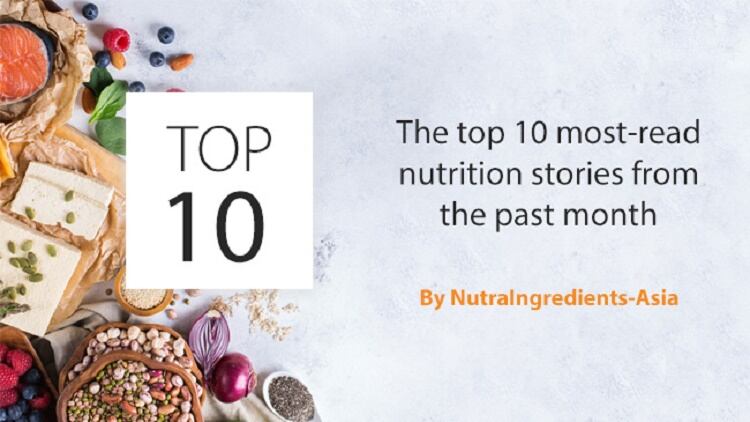The company said customers have been requesting for clinically proven ingredients such as vitamins and lipids for their new product lines.
The trend is happening across developed North Asian markets as well as in South East Asian countries such as Vietnam.
In its Q1 2020 results, DSM reported a 4% sales growth for its nutrition business and estimated a slight increase of about 1% in sales from COVID-19.
Speaking to NutraIngredients-Asia, Anand Sundaresan, DSM’s regional VP Human Nutrition & Health APAC, pointed out the trend towards increasing nutrient density in foods.
“If you look at functional foods, there is a trend towards increasing nutrient density in foods which are already considered healthy.”
He gave the example of ready-to-eat yogurts, where customers have requested to add higher amounts of vitamins, minerals in their new product formulation.
This trend is particularly popular in North Asia, where companies are adding a higher percentage of vitamins C, D in the yogurts and then call it an “immunity-enhancing” yogurt drink, he said, declining to provide names of the brands.
“In addition to the probiotic nature of the yogurts, the companies are also fortifying additional micronutrients into the product.”
The move is also seen in markets such as Vietnam, where companies are adding omegas, including EPA and DHA, into dairy products.
“In Vietnam, we see companies trying to fortify milk not only with micronutrients like vitamins, but also thinking what more they can do to fortify the milk not just for immune health, but also to provide other health benefits with the omegas.”
Besides dairy products, he highlighted ready-to-eat cereals and instant noodles as the other hot favourites for micronutrient fortification.
While the choice of micronutrients varies from client to client, he said that vitamin B6, B12, C, D, and zinc, were the most common options for fortification.
“The fortification can go up to the recommended dietary allowance. In some countries, it is based on the regulation that determines the amount of fortification.”
Food fortification is not without technical challenges, such as the need to preserve the product’s original flavour.
An example is the addition of omega 3, where Sundaresan said that company would need to balance between adding of the nutrient without compromising product taste and appearance.
Navigating future
DSM will work on its supply chain and product innovation as it navigates the uncertainties brought by COVID0-19.
“We are trying to make sure we stock up our vitamins so that we could meet our customers’ needs which could change quite drastically and quite rapidly as we have learned,” Sundaresan said.
On the other hand, the company will also focus on new product innovation with the customers.
“Especially in Asia, the customers want to come out with new line extensions. Innovation will remain a focus for many customers as they are looking to come out ahead in the marketplace,” he said.
This is driven by a heightened awareness about immunity and health amongst consumers.
The firm currently has five nutrition premix plants and two vitamin plants in Asia.
He pointed out that besides the vitamin C plants, its premix plants were also running at higher frequency through increasing the number of shifts to meet the increased demand.
“Going into the future, the potential consumption of vitamins and micronutrients will be higher than the pre-Covid-19 period.
“However, at some point, as normalcy returns, we are going to see a return to normal habits, but hopefully, people will remember the role of micronutrients in general health and that should drive the overall demand for micronutrients,” he said.





